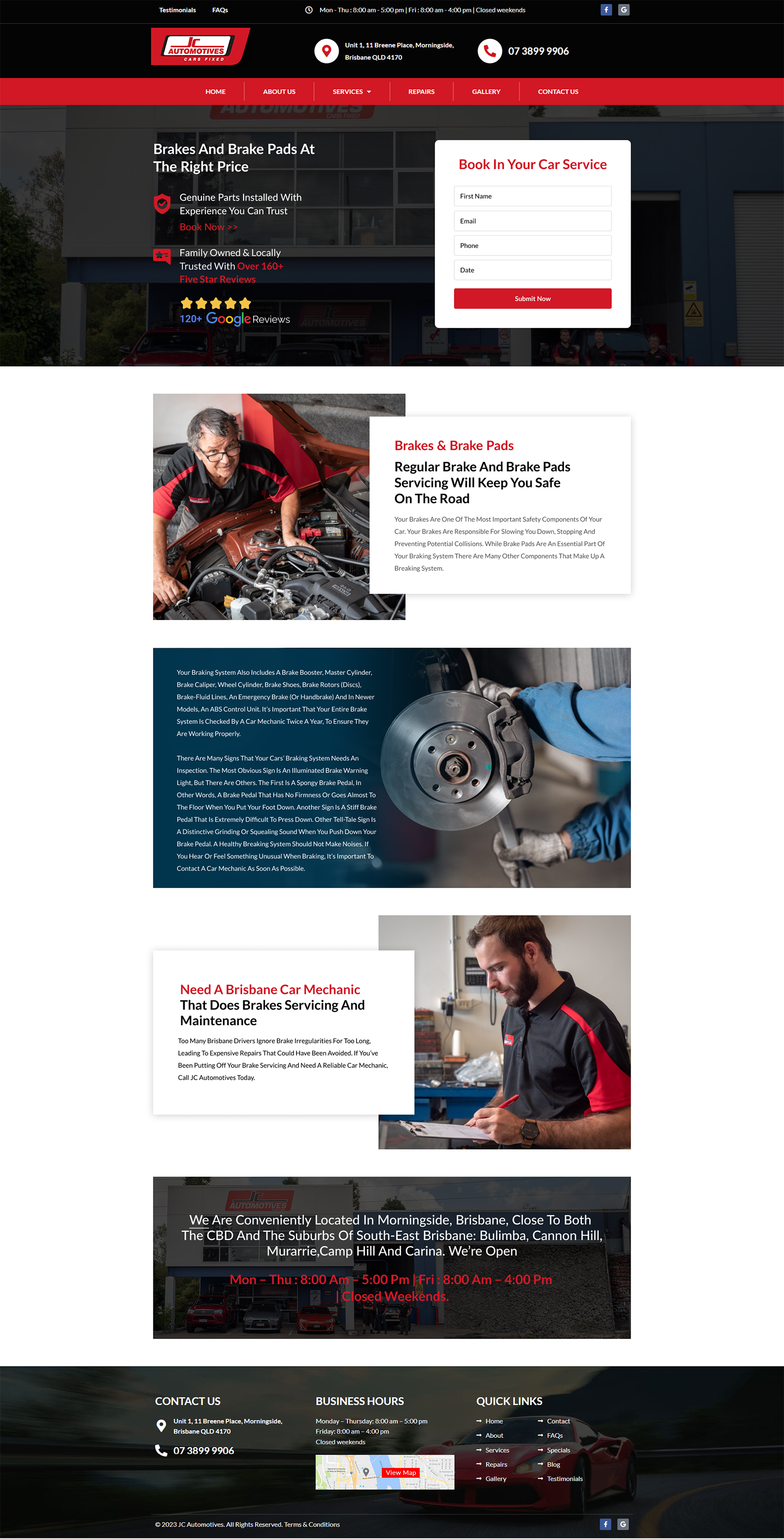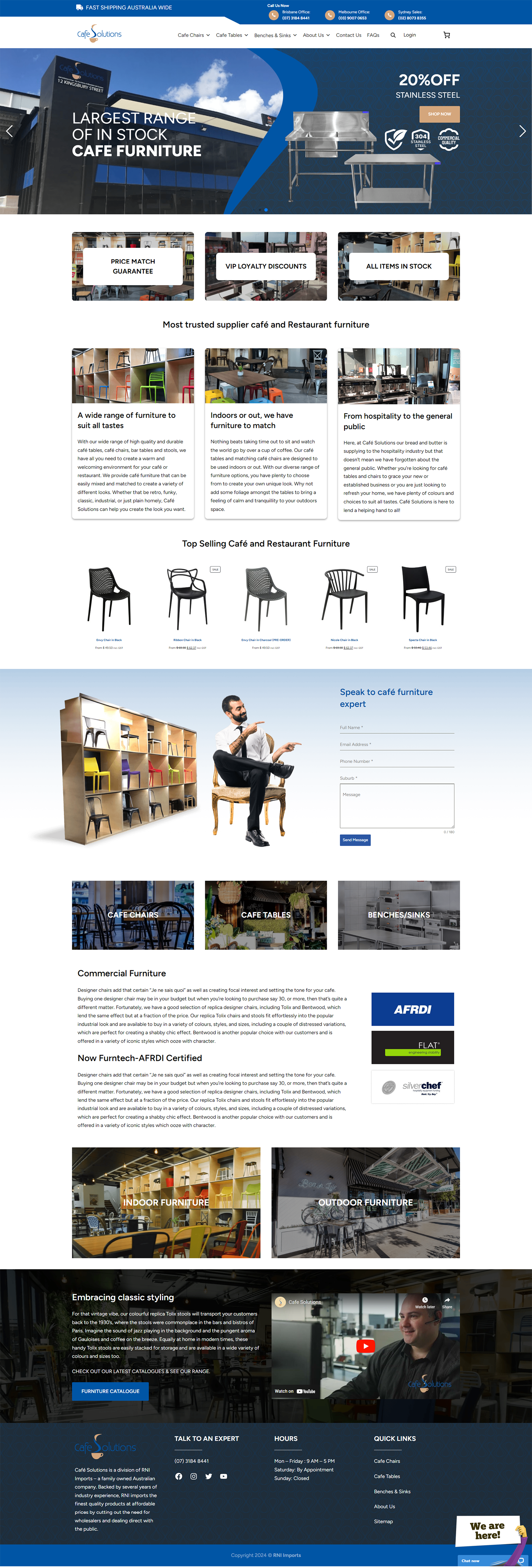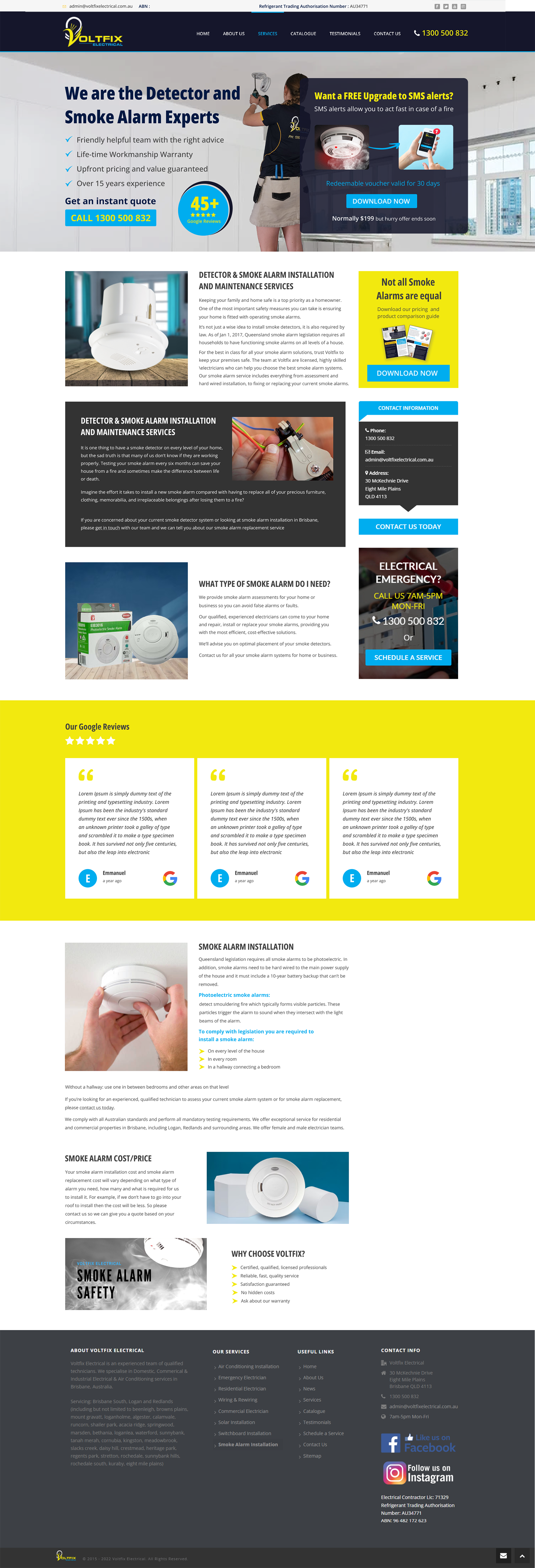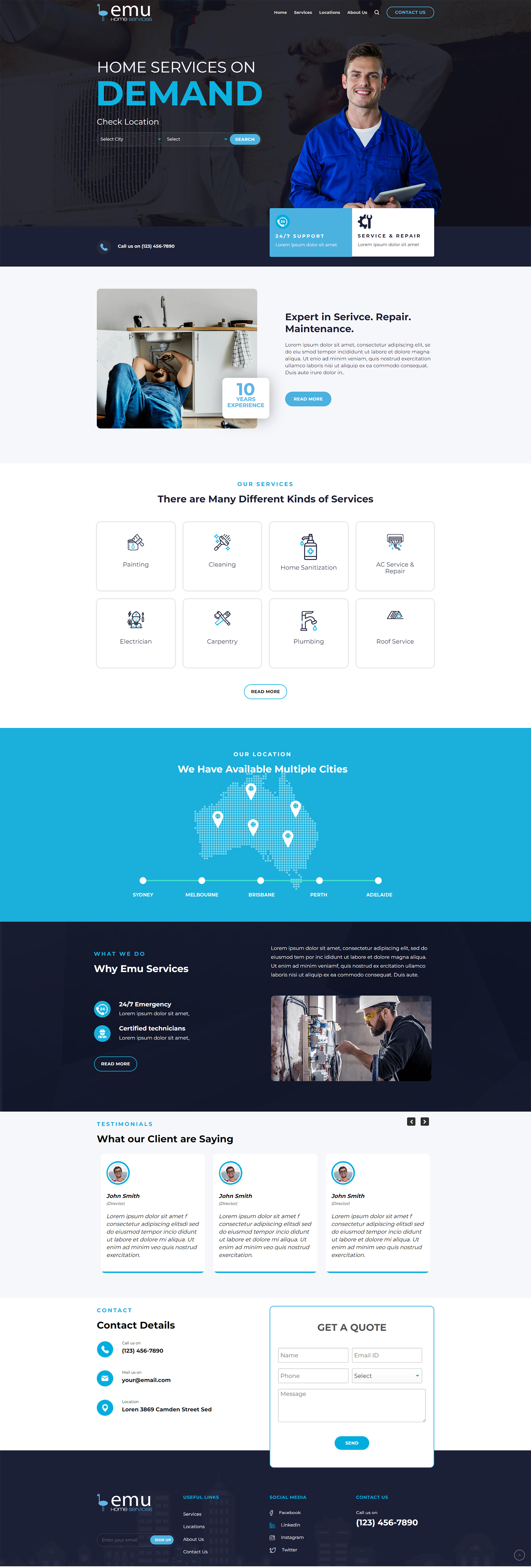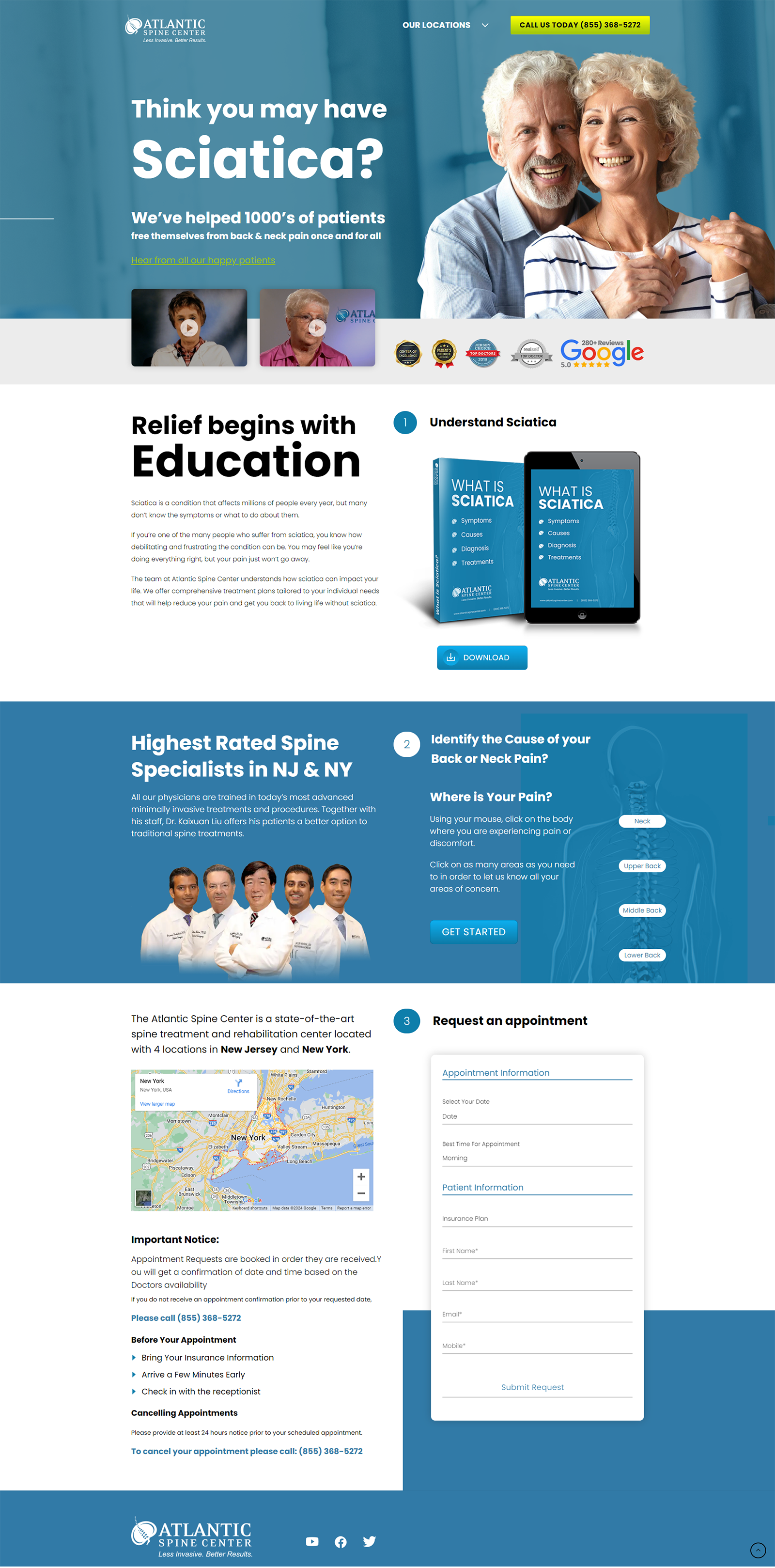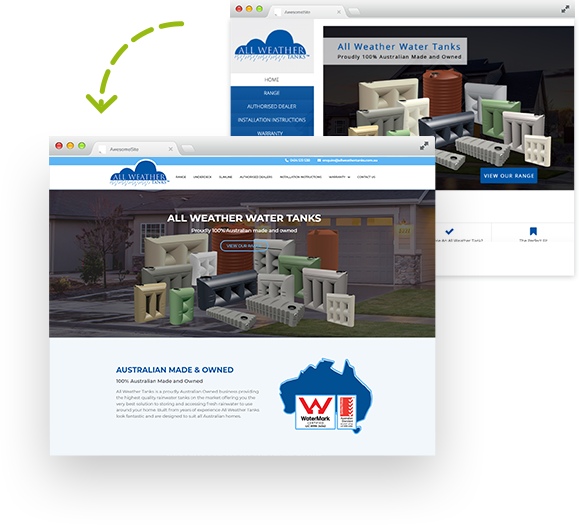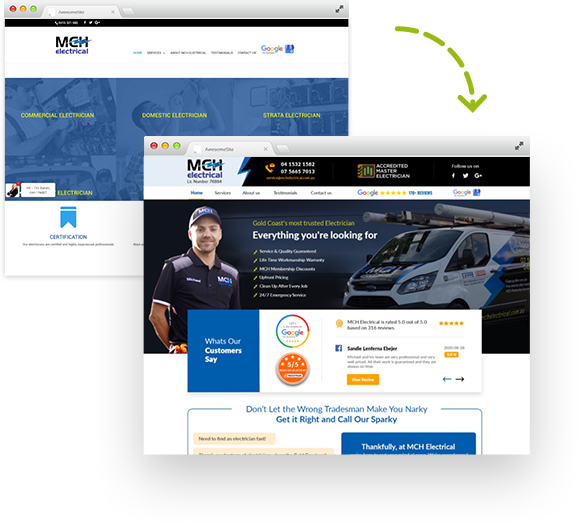The design of your website plays a crucial role in shaping user experience and, ultimately, driving conversion rates. It’s essential to assess whether your website’s design is working for or against your business. A poorly designed website can repel users, no matter how compelling your product or service might be. In contrast, a well-structured and visually appealing site can significantly boost engagement, leading to higher conversion rates. As a leader in digital marketing solutions, Kick Media specialises in helping businesses identify and rectify design issues that may be hurting their conversion rates, ensuring that your website not only attracts visitors but also converts them into loyal customers.
Understanding Conversion Rates: What Are They and Why Do They Matter?
Conversion rates are a critical metric that measures the percentage of website visitors who take a desired action, such as making a purchase, signing up for a newsletter, or downloading a resource. Essentially, it’s a way to quantify how effectively your website is turning visitors into customers. The formula is straightforward: divide the number of conversions by the total number of visitors and multiply by 100 to get your conversion rate percentage.
Why do conversion rates matter? Simply put, they are a key indicator of your website’s performance and your business’s overall success online. High conversion rates mean that your site is effectively persuading visitors to take action, while low conversion rates suggest that something might be going wrong. Here are a few examples of different types of conversions:
- Sales: The ultimate goal for e-commerce websites.
- Sign-ups: Encouraging visitors to subscribe to newsletters or accounts.
- Downloads: Whether it’s an eBook, whitepaper, or software, getting users to download content.
Key Design Elements That Could Be Hurting Your Conversion Rates
Your website’s design is not just about aesthetics; it encompasses various elements that influence how users interact with your site. Here are several key design issues that could be negatively impacting your conversion rates:
- Poor Navigation: Complicated or confusing navigation can frustrate users, leading them to leave your site before taking any action.
- Cluttered Layouts: Overloading your pages with too much content or too many elements can overwhelm visitors, making it difficult for them to find what they are looking for.
- Slow Loading Times: A slow website is a major deterrent for users, many of whom will abandon a site that takes more than a few seconds to load.
- Unresponsive Design: If your website doesn’t adapt well to different screen sizes, particularly mobile devices, you risk losing a significant portion of potential customers.
- Inconsistent Branding: A lack of cohesive branding across your website can create a disjointed experience, reducing trust and engagement.
- Pop-ups and Distractions: While pop-ups can be effective, overusing them or displaying them at inappropriate times can irritate users, leading to a negative perception of your brand.
- Lack of Visual Hierarchy: If your website doesn’t guide users through content in a logical order, they might miss critical information, resulting in missed conversions.
How to Evaluate and Improve Your Website’s Design To Enhance Conversions?
Improving your website’s design to enhance conversion rates requires a strategic approach. Here’s a detailed guide on practical steps to evaluate and improve your site’s effectiveness:
- Conduct User Testing: User testing is one of the most valuable methods for gaining insights into how real users interact with your website. By engaging actual users to navigate your site, you can observe their behaviour, identify any frustrations, and gather feedback on their overall experience.
- Utilise Heatmaps: Heatmaps are powerful tools that visually represent how users interact with your website by showing you where they click, how far they scroll, and which areas they focus on the most. This data helps you understand user behaviour at a glance, revealing which elements on your site are attracting attention and which are being ignored.
- A/B Testing: A/B testing, or split testing, involves comparing two or more versions of a webpage or specific design elements to determine which one performs better in terms of conversion rates. For instance, you could test different variations of a headline, CTA button colour, or page layout to see which version resonates more with your audience.
- Analyse Website Analytics: Delving into your website’s analytics is essential for understanding how visitors interact with your site. Metrics such as bounce rates, session durations, and exit pages provide critical insights into where users might be encountering problems. For example, a high bounce rate on a particular landing page might indicate that the content or design is not meeting user expectations, prompting an immediate exit.
- Streamline Navigation: Navigation is the backbone of user experience on any website. A well-structured navigation system ensures that visitors can easily find the information they’re looking for, leading to a smoother journey and higher likelihood of conversion. Start by simplifying your menu structure, reducing the number of clicks it takes to reach essential content, and ensuring that the navigation labels are clear and descriptive.
- Optimise Load Times: Page load speed is a critical factor in user experience and conversion rates. A slow-loading website can frustrate users, causing them to abandon the site before it even fully loads. To optimise load times, start by compressing images, minifying CSS and JavaScript files, and leveraging browser caching. Use tools like Google PageSpeed Insights or GTmetrix to identify specific elements that are slowing down your site and follow their recommendations for improvement.
- Ensure Consistency: Consistency in design is crucial for building trust and providing a seamless user experience. This means maintaining uniformity in branding elements such as colours, fonts, and imagery across all pages of your website. Consistent messaging and tone of voice also play a vital role in reinforcing your brand’s identity. Inconsistent design can create a disjointed experience, causing confusion and diminishing the credibility of your business.
By implementing these strategies, you can systematically evaluate and improve your website’s design, ultimately leading to higher conversion rates and a more successful online presence.
Optimising Your Website’s Design with Kick Media
Your website’s design is a crucial factor in determining your conversion rates, and optimising it can lead to significant improvements in your business’s online performance. At Kick Media, we specialise in helping businesses like yours optimise their website design to achieve better conversion outcomes. With our expertise in digital marketing solutions, we can guide you through the process of evaluating and improving your website to ensure it not only attracts visitors but also converts them into loyal customers. Get in touch with us today for a consultation and take the first step towards enhancing your website’s performance and boosting your conversions.







